In August last year, I was commissioned by a national magazine to accompany their reporter on a trip to the Andhra-Orissa border, or AOB as it is popularly called. The story was to be on the Janatana Sarkars (people’s governments) that the Maoists have been trying to set up in the region, hoping to strengthen their hold over the tribals and establish a liberated zone. I was told not to expect many photo opportunities as the story was a hazy idea and the reporter wasn’t sure how it would shape up. I went nevertheless, not wanting to miss out on an opportunity to visit a region I have heard so much about but never been to.
We made two trips to different parts of Orissa’s Malkangiri district within a week’s time. The first trip was via Vizianagaram and Saluru to Gumma block in Orissa. The long distance and the urgency to get back to the plains before it was too dark meant I did not even get a chance to get off the car and had to shoot everything from the window.

Where Andhra Pradesh ends and Orissa begins, between Saluru and Sunki.
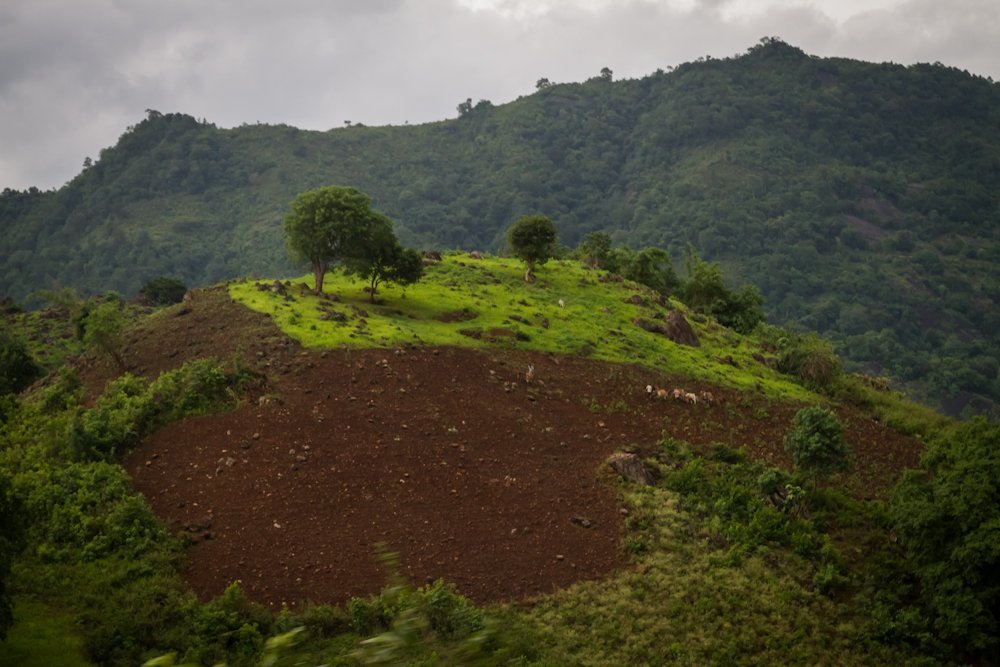
Shifting cultivation or Podu as it is called locally. On the way to Sunki, Orissa.

En route Koraput town, Orissa.
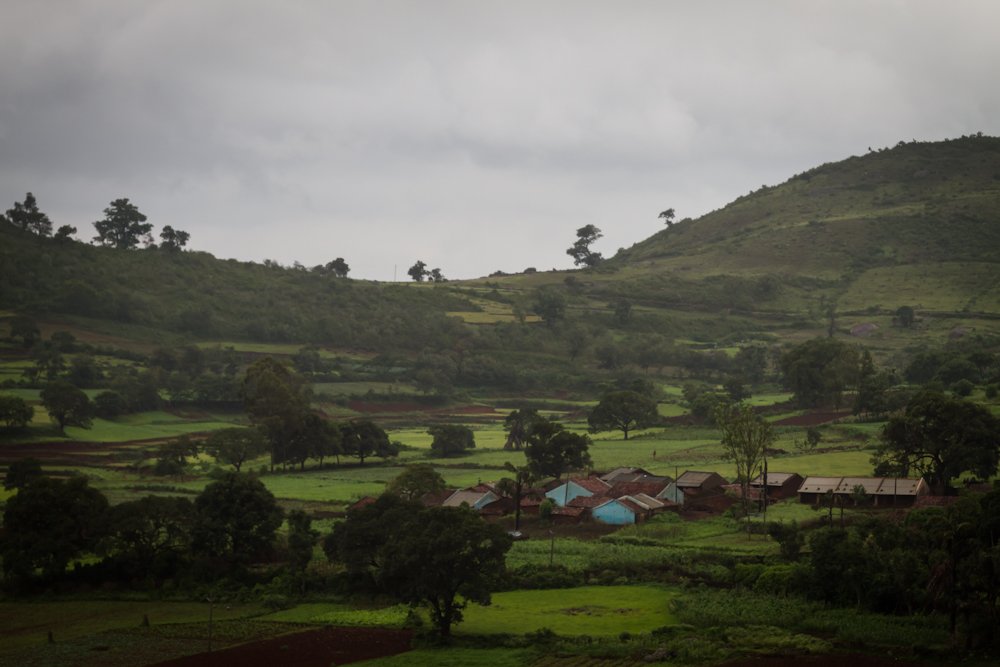
A tiny village, on the way to Jeypore, Koraput district, Orissa.
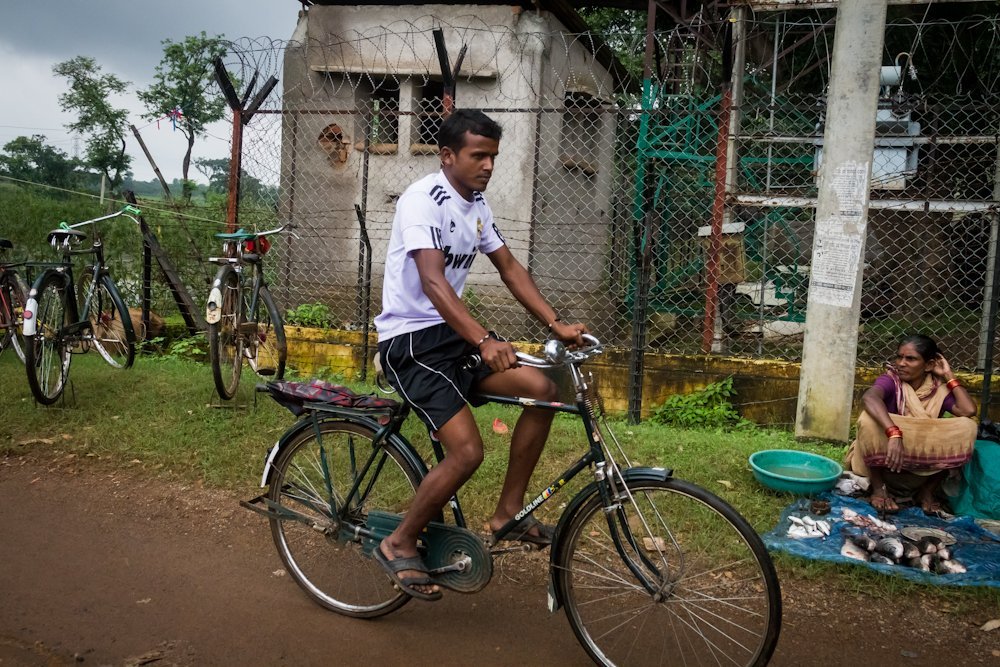
A young man cycles past a police camp in Boipariguda, Koraput district, Orissa.

Tribal women set up their shops at the weekly market in Boipariguda, Koraput district, Orissa.

A young man at the weekly market in in Boipariguda, Koraput district, Orissa.

Women on their way to the weekly market in Boipariguda, Koraput district, Orissa.

Approaching Gumma, Malkangiri district, Orissa.

Later in the evening, while returning to Vizianagaram, we made a small stop at Jeypore to have chai and I found the palace of the Raja of Jeypore right across the road. I tried sneaking in for a quick look but was turned away by the resident chowkidar who said it is off-limits for outsiders.
We chose to go via Bhadrachalam for the next trip. Many suggested that we enter Orissa through Chattisgarh via Mote but we followed our taxi driver’s advice and went via Donkarai, Sileru and reached Chitrakonda- a place that I read about in the news so many times and not once for a good reason.

A father and son on their way to the Sunday market at Chitrakonda, Malknagiri district, Orissa.
And as the launch traverses the dead forest, we approach one of the loneliest parts of the Indian mainland: the 152 villages isolated by the Balimela and accompanying projects. A land so remote that even the official name for it is ‘The Cut-Off Area’.
And there we were, looking at the huge Balimela reservoir, barely 10km from Chitrakonda. The reservoir was created in the early 60’s following the construction of a few projects on the river Sileru. Thousands of tribals were forced to relocate to higher reaches of the hills as the reservoir began filling up and turned them into islands. The cut-off region is now a maoist stronghold.

A view of the Balimela reservoir from the dam site.

A boat arrives from one of the tribal hamlets.

Tribals get off the boat at the Balimela dam site jetty.
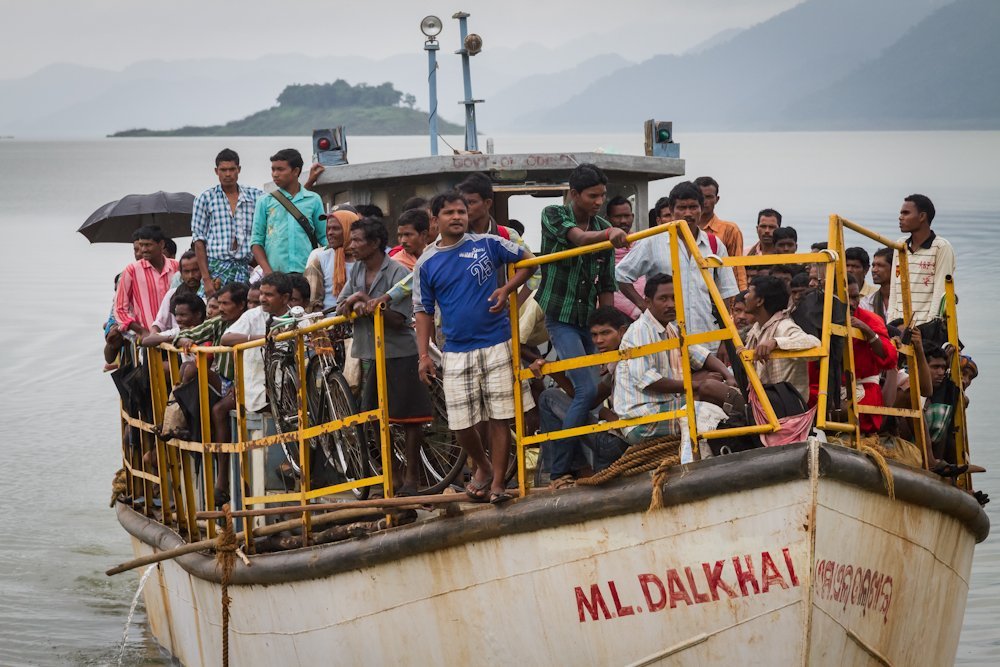
A government-operated launch arrives from an interior village at the Balimela dam site jetty. Launches are operated by both the government and private individuals, the former being heavily subsidized.

Some of the interior villages have only one launch service running per week and it could take more than 10 hours to reach them. When the launches develop mechanical problems, which is quite often, villages are ‘cut-off’ from the mainland for weeks.

Electric equipment intended for the villages lies abandoned at the jetty, for more than six months we were told. Needless to say, very few villages have access to basic infrastructure. Clearly, insurgency as an excuse for misgovernance.

Tribals wait at the Balimela dam site for the odd bus or jeep to take them to the Sunday market at Chitrakonda.
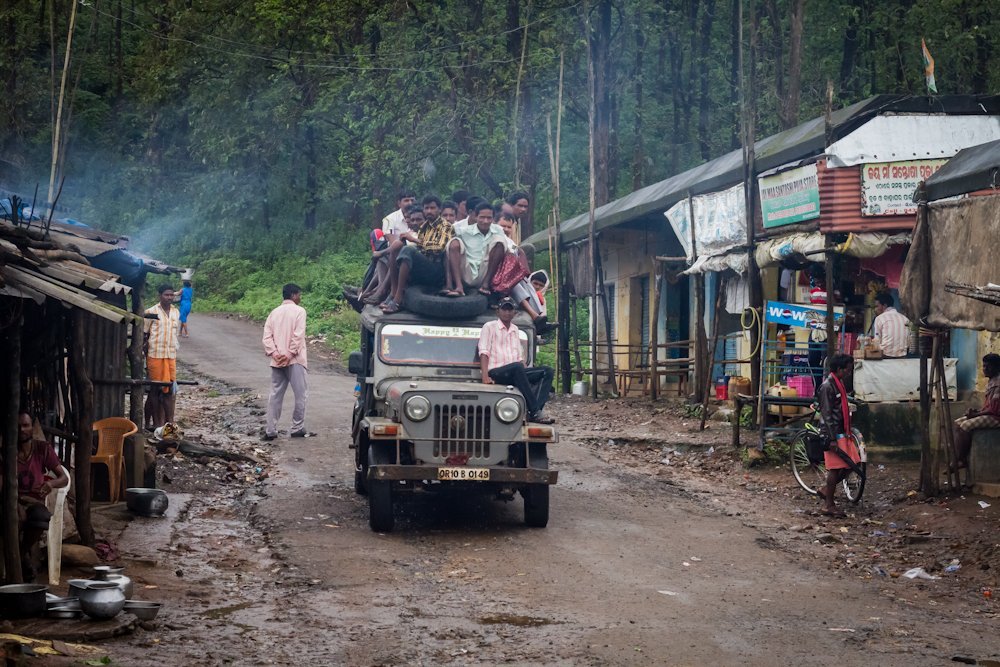
And a jeep emerges from behind the shops and trees.
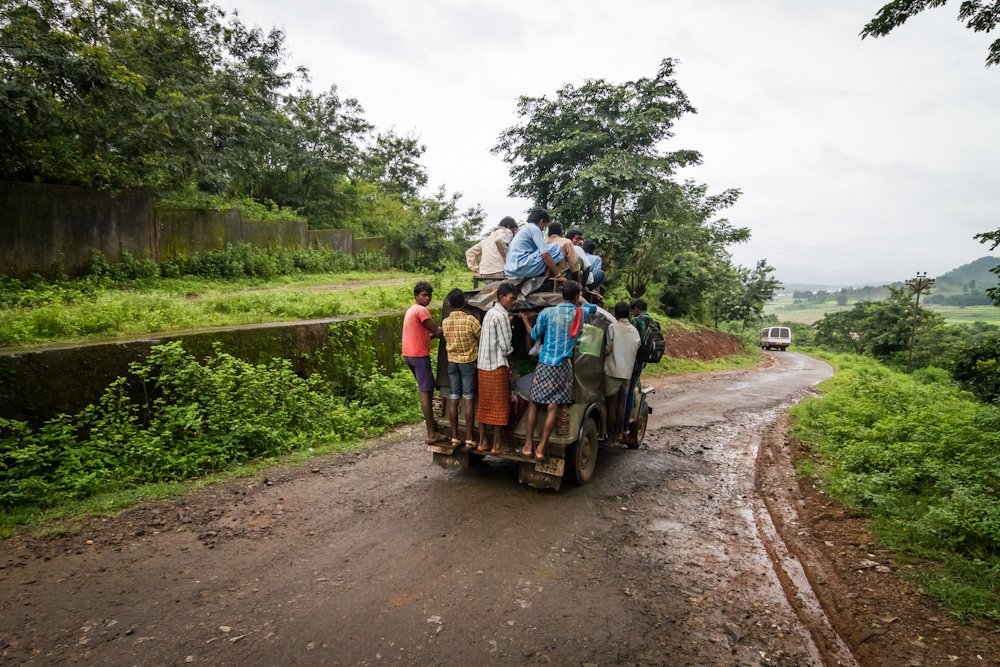
A bus from Visakhapatnam and an overcrowded jeep leave for Chitrakonda.

An eatery at the dam site.
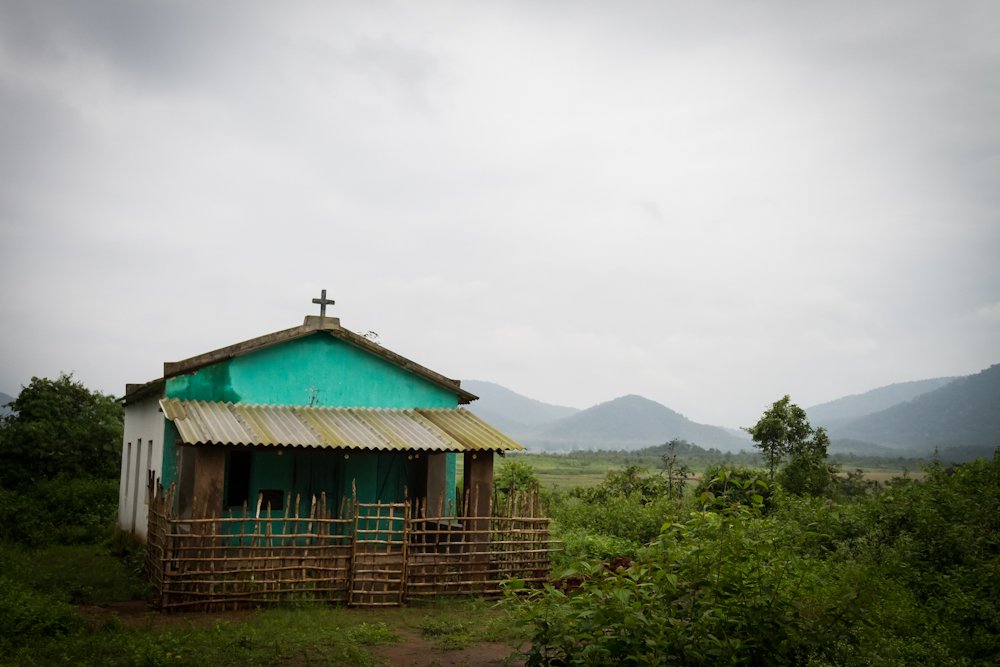
A small church we came across on our way back to Bhadrachalam.
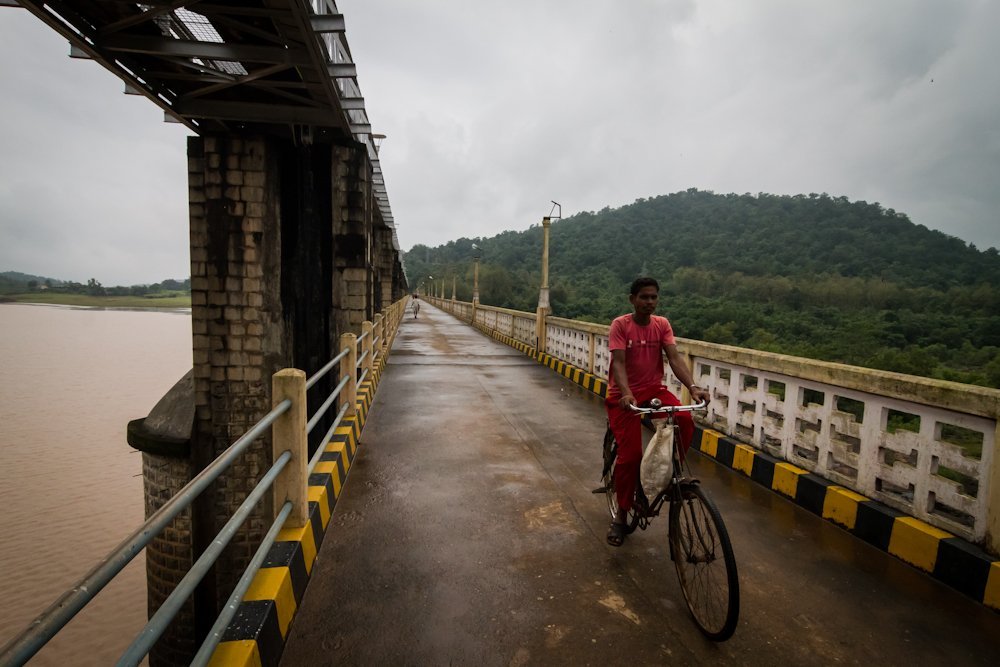
A young man crosses the Guntawada weir that forms the border between Andhra Pradesh and Orissa.

Portrait of a young man at the Guntawada weir, on the Orissa side.
The story did not happen and whatever few photos I got to shoot were never published. But I definitely intend to go back and document life in the villages of cut-off region soon.







